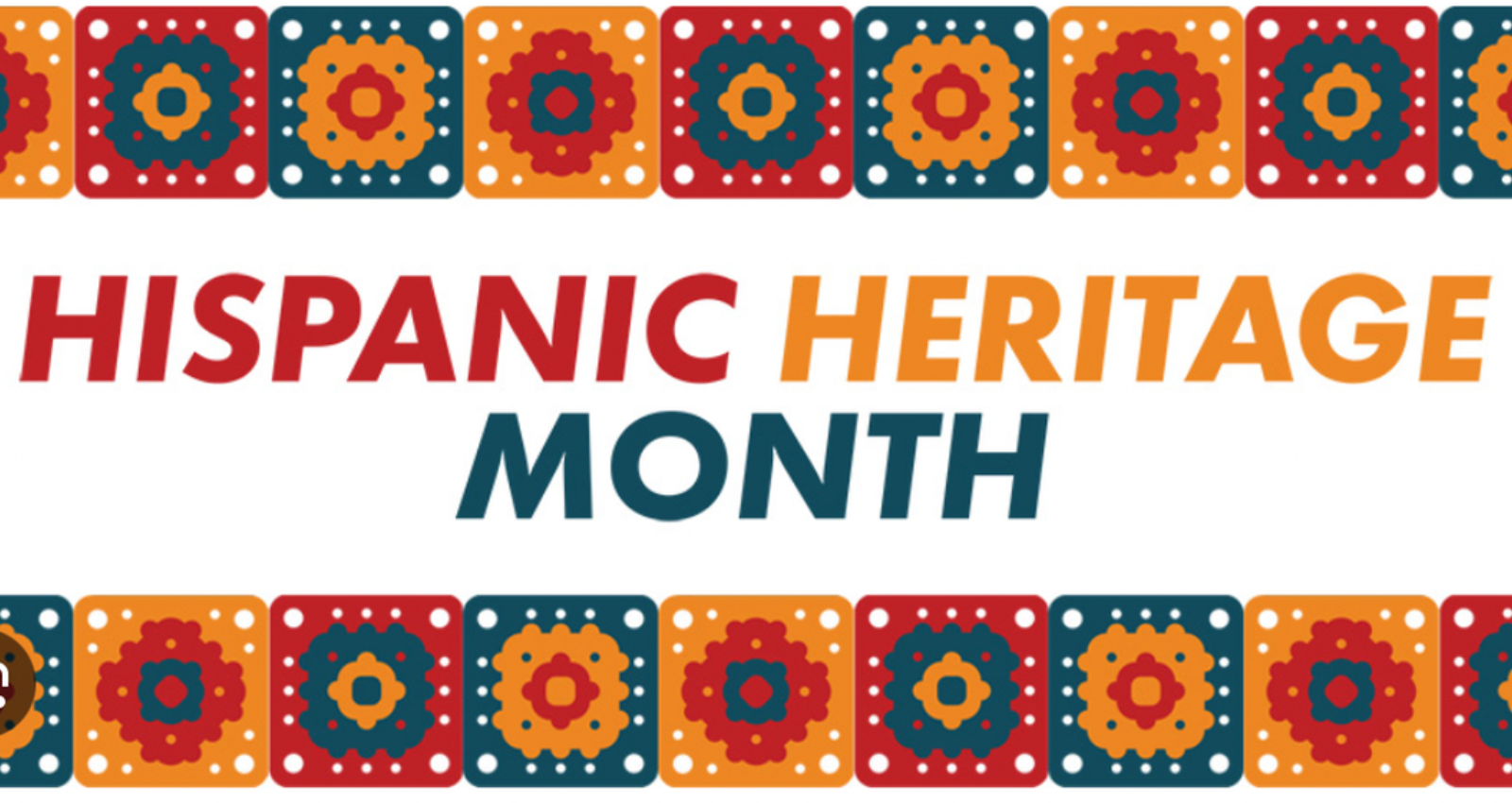
Coronavirus: Why the Media Should Stop Comparing Covid-19 to the Spanish Flu
We've become addicted to statistics and labels. But in times of crisis, it's good to be a little more rigorous...
They called it the 'Spanish flu', and the first cases recorded in the United States came during the last year of World War I, as a soldier was sent to the infirmary at Fort Riley, Kansas with a very high fever. Within a few hours, more recruits fell ill and within weeks, there were hundreds.
How it spread around the world has many unconfirmed theories, but its effect is set in the stone of history.
The result, according to many sources, was the infection of a third of the world's population and between 50 and 100 million deaths in just over 18 months. If the latter figure is true, that means it killed more people than the two world wars combined.
Figures provided by the countries that took part in the war are unconfirmed because of strict censorship. However, in Spain, which was a neutral country, the catastrophe was widely reported, leading to its popular label as "Spanish flu".
Experts agree it was a virus that originated from an avian strain in China and was extremely lethal. In the United States, there were cases of people who got out of bed feeling sick one day and died on their way to work.
Its symptoms were heartbreaking: high fevers, nosebleeds, lack of oxygen that blued the skin, and vomiting. It spread quickly because of the global war, which also initially covered up the number of people sick.
Now, is it correct to compare the havoc wrought by Spanish Flu in 1918 with the new COVID-19? The comparison is something the media has attempted to do with both diseases' death rates. According to Wired contributor Ferris Jabr, it's a real mistake and could lead to the escalation of panic.
"A popular refrain is that the new coronavirus has a frighteningly high fatality rate of at least 2 percent -the WHO puts it at at least 3.4-, which is supposedly comparable to that of the 1918 influenza pandemic, also known as the Spanish flu—one of the deadliest viral outbreaks in history. The truth is that this comparison is severely flawed and that the numbers it relies on are almost certainly wrong", he wrote.
According to Jabr, it is "mathematically impossible" that the Spanish flu would infect 500 million people and kill between 50 and 100 million because then the death rate would not be 2.5%. If this average had occurred, the number of deaths would have been 12.5 million.
RELATED CONTENT
"There were 1.8 billion people in 1918. To make 50 million deaths compatible with a 2.5 percent CFR would require at least two billion infections—more than the number of people that existed at the time", he wrote.
Since studies on the lethality of the Spanish flu were published less than 40 years ago, Coates consulted various experts, such as historian John Barry, author of The Great Influenza (2004). Barry agreed that it was physically impossible for so many people to die with a low, 2.5% lethality, unless only U.S. casualties were taken into account, ignoring other parts of the world most vulnerable to the epidemic.
In a recent interview with the LA Times, Johns Hopkins University epidemiologist Jennifer Leigh stated that the overall mortality from the Spanish flu was about 10%.
The error, Jabr said, must be corrected, to avoid panic and misunderstanding:
"Spanish flu has become synonymous with a viral apocalypse and, now, with the COVID-19 pandemic. This false equivalence depends largely on a false statistic that should never have been published," he concludes.
Looking at the past, at the mistakes made, are healthy. The figures not only serve as a guide, but also to understand that the magnitude of a tragedy in the 21st century requires much more than easy allegories. It requires responsibility.











LEAVE A COMMENT:
Join the discussion! Leave a comment.